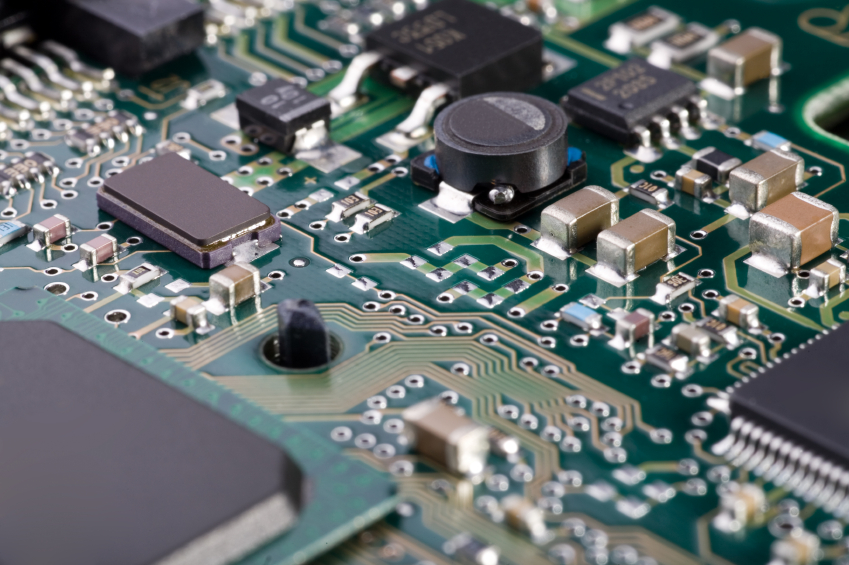Compliant power supply architectures in medical devices
Designing and manufacturing complex medical devices for consumer use is becoming the norm, says John Simpson, Plexus
Complex medical instruments are beginning to be used in domestic environments by patients themselves, in addition to in hospitals and at healthcare centres. This means that designing-in power supply fail-safes is vital to pass the medical regulations required to take medical devices to the current market.
With electronic equipment that is essentially going to be attached to a patient, designing isolation barriers into the device is crucial. Similarly, complex medical instruments that run off the mains power supply must be produced in a way that guarantees that the mains is completely isolated from the electronics that will be connected up to the patient. This ensures that it is impossible to pass an electric current through them.
The importance of traceability
Whilst ISO9001, which places greater emphasis on the continual improvement of the design process, is a standard that most design-to-manufacture companies are familiar with, conforming to ISO13485 carries greater importance with regard to the long-term success of a healthcare product.
Any company designing medical applications for humans needs to comply with medical regulation ISO13485, which often tends to pose a barrier for design companies. The successful adherence to this regulation enables the company to apply for FDA (Food and Drug Administration) approval in the US and the EMA (European Medicines Agency) in Europe for that product.
The role of ISO13485
The focus of ISO13485 is on traceability and the maintenance of records of a product’s design history. Adherence to ISO13485 is much more important with regard to medical devices because it demonstrates, via a paper trail, how the product evolved, from the beginning of the product’s conceptualisation, right through to the production of the device.
Compliance with ISO13485 involves a focus on the entire design and manufacture process including the prototypes and right down to all the components used so that there is no cross contamination of materials or design instructions. It is vital that all the correct parts are fitted in line with regulations and that the right versions of those components are used so there can be confidence that the product designed is actually the product that gets built.

Figure 1: For medical design, a staged prototype proof of concept and an engineering confidence one, is followed by an alpha (and then beta) build
Every aspect of the design is captured in controlled documentation for customer approval and submitted for acceptance according to the ISO standard. In addition, often there is a staged prototype proof of concept as well as an engineering confidence one, followed by an alpha and then beta build. Each successive build looks to lock down the design while gaining experience for the ultimate production of the product. Once the beta build is complete and successful, after which the design is handed off to the manufacturer, the product is then released for volume manufacture.
The importance of EMC
There are more complex medical devices in the hospital, and now the home, than ever before and one of the key issues with this, particularly when working with high-powered or critical-use medical devices is that they can be affected by EMI (electromagnetic interference). EMC (electromagnetic compatibility) is a benchmark that ensures the electromagnetic safety of a device in relation to others.
Any product that requires a CE mark is required to undergo some level of EMC testing in order to demonstrate that it is fit for volume manufacturing and commercial sale. As the range of medical devices available for the consumer in domestic environments expands, the importance of electromagnetic compatibility across all devices becomes a key barrier to product design and manufacture.
Knowledge benefits design and production
Every customer is designing something that they know a lot about, for a specific market that they are trying to address. This can be from medical sensors, to a piece of software. Product realisation companies are generalists, but the value that they can bring is the knowledge of the steps that the customer will need to take in order to bring through a very consumer usable, attractively costed, reliable product.
The importance of collaboration in the early stages of a product’s development is vital. When designing and manufacturing medical devices, while the customer will have an extensive understanding of the market, knowledge of regulation and product manufacturing efficiency may not be as comprehensive. Attaining ISO13485 and gaining FDA / EMA approval is an expensive process when it has not been considered from the outset of the project and can cause the failure of a product to reach the market. A product that is designed to comply with medical regulation and obtain approvals from its inception, while using cost efficient components in a manufacturing process that has been thoroughly conceptualised and tested, will have a huge advantage over its competitors.
Collaboration in complexity
The complexity of the regulation required when pushing medical devices with complex power supply architectures to the market means that collaboration between manufacturer and creator is crucial to the product’s success. The diverse use of modern medical devices by both patients and professionals means that designers need to consider every environment for that device’s use.
A greater number of complex medical instruments are now used in a domestic environment, meaning the power source is often the mains supply. To meet the needs for home use requires complex power supply architectures in order to ensure the patient is isolated from the mains and pass precise medical device regulations. Strategically managing the design to meet every eventuality, and to comply with stringent medical regulations, can make the difference between success and failure for a product. By working closely with a design to manufacture company the customer, which will always be the expert in its own sector, will find that the partnership can provide serious advantages with certain aspects of the design and gaining approval from regulatory bodies.


